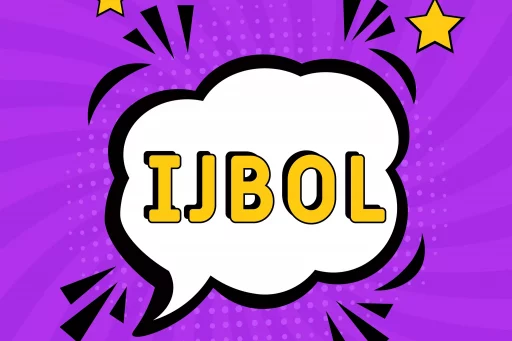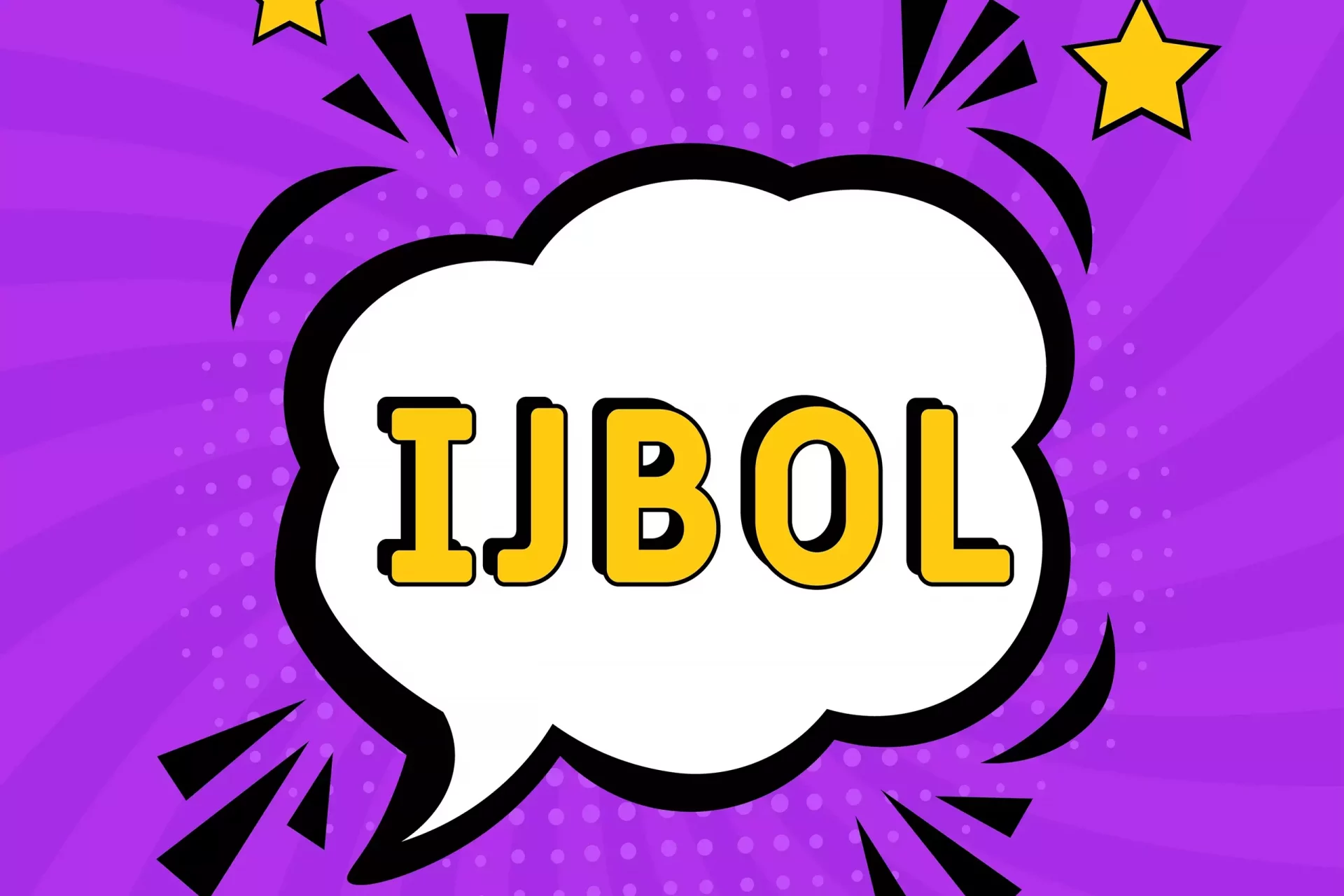Introduction
The term “dog whistle” has evolved in contemporary slang to refer to specific language or phrases used to communicate a message to a select audience while remaining obscure or innocuous to the general public. This subtlety creates a means of signaling that, much like a sound that only dogs can hear, can be very effective in certain contexts.
Origins of the Term
The phrase “dog whistle” originally referred to a sound frequency that dogs can hear but humans cannot. The concept was later adopted in political and social discourse to describe coded language that conveys a particular message to a specific group without drawing attention or criticism from others.
How Dog Whistles Work in Slang
In slang usage, a dog whistle serves as a form of coded messaging. This can manifest in various sectors, particularly politics, social movements, and advertising. The messages often appeal to shared values, beliefs, or prejudices within the target audience, while being obscured enough to not raise alarm among outsiders.
Examples of Dog Whistles
- Political Messaging: Phrases like “family values” can serve as a dog whistle for conservative voters who understand it to mean opposition to homosexuality without voicing the statement directly.
- Social Movements: Terms like “urban” may be used to refer to specific racial groups in certain contexts, allowing those who understand the implication to grasp the meaning without stating it explicitly.
- Marketing: Products marketed with phrases like “authentic” might resonate more with those who value traditional methods but may be vague enough to appeal to a broader audience.
Case Studies
Dog whistles have been notable in political campaigns where candidates use coded language to rally support from particular demographic groups. A relevant example is the use of terms like “welfare queen” which implies certain stereotypes without overtly referencing race. This creates a barrier for those outside the intended audience, effectively serving as a dog whistle.
Impacts of Dog Whistles
The use of dog whistles in language can have significant impacts, both positive and negative. They can promote inclusivity among those who understand the reference while alienating others. This can lead to a lack of transparency in political discourse and the perpetuation of stereotypes.
Statistics on Dog Whistles
Studies exploring the use of dog whistles in political campaigns reveal:
- Approximately 60% of Americans feel that political language is often coded and deceptive.
- Voter surveys indicate that candidates who utilize dog whistles can gain significant traction among their desired demographic, sometimes increasing support by as much as 25%.
- Research shows a growing awareness of dog whistle tactics; nearly 70% of voters can identify at least one such tactic used in recent elections.
Criticism of Dog Whistles
Critics argue that dog whistles contribute to polarization within society. The fact that such language can incite division and misunderstanding means that transparency in communication is often sacrificed for the sake of strategic messaging. Furthermore, the emergence of social media amplifies these effects, allowing for rapid dissemination and interpretation of dog whistles.
Conclusion
Dog whistles in slang represent a fascinating intersection of language, culture, and communication strategy. Whether used in politics or marketing, understanding the implications behind coded language is crucial for fostering constructive discourse. As the dynamics of communication among diverse groups continue to evolve, recognizing and critiquing the use of dog whistles becomes ever more important.


